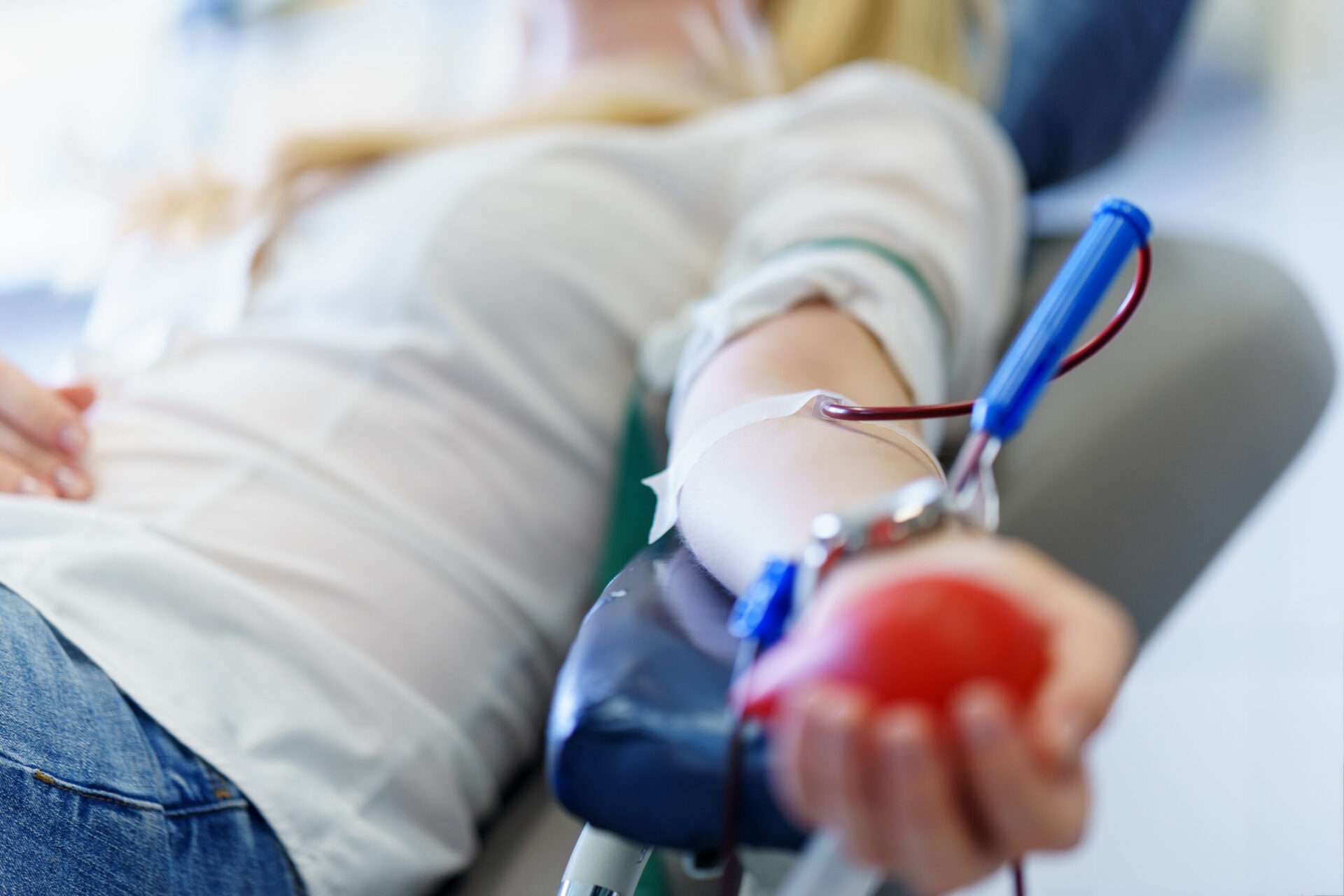The United States has been facing an unprecedented blood shortage, resulting from a decline in donors and cancellations of blood drives due to the COVID-19 pandemic. The dangerously low blood supply has forced some healthcare providers to have to decide which patients must receive a blood transfusion and which need to wait.
The American Red Cross, which supplies about 40 % of the nation’s blood supply, stated that it has had to limit blood distributions to hospitals – some hospitals may not receive 1 in 4 blood products that they need.
Blood transfusions, transferring processed blood products to a person intravenously, are needed when a patient faces a loss of blood during surgery, injury or an illness, in addition to if their body does not produce enough blood on its own due to some illnesses or treatments like chemotherapy. Blood is also transfused to patients who have a bleeding disorder like sickle cell disease or hemophilia.
The Red Cross stated that blood is a very unique commodity – it cannot be manufactured or stored for long periods of time, it must be donated by volunteers. Donating blood is a quick process that can be done every two months by anyone over the age of 17 who is in good health and weighs at least 110lbs (some additional criteria can be found here).
The US is facing a blood shortage due to a steep decline in donations during the pandemic.
Image Source: vgajic
The Red Cross and other blood banks often get a large portion of their supply from high school and college blood drives. During the pandemic, those institutions were forced to shut down, so blood banks relied heavily on community members taking initiative to donate.
When someone donates blood, they typically give one unit, or approximately one pint. Many patients require multiple units of blood before, during, and, after surgeries. A liver transplant, for example, can use anywhere from 10 to 100 units of blood. Therefore, before a patient can undergo a life-saving liver transplant surgery, the hospital must first have an adequate amount of blood matching that individual’s blood type.
All blood types are urgently needed to help resolve the crisis. The most transfused blood type is Type O, with O negative being the universal blood donor. O negative can be given to individuals with any blood type and is often used in emergency rooms when situations are too serious to test for the patient’s blood type.
Donating blood is quick and easy to do, and critically important to help alleviate the shortage causing stress on the healthcare system. You can donate blood at a local blood drive, hospital, or with the Red Cross.
Featured Image Source: Aidman










